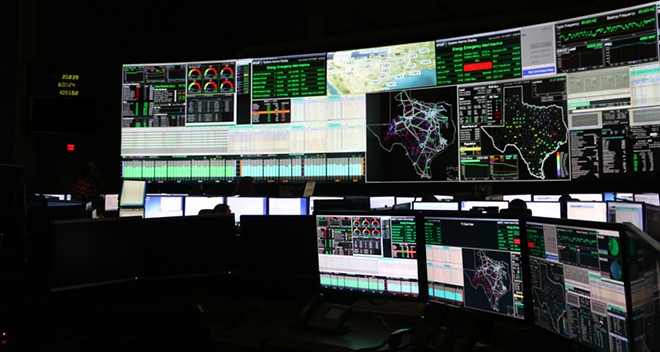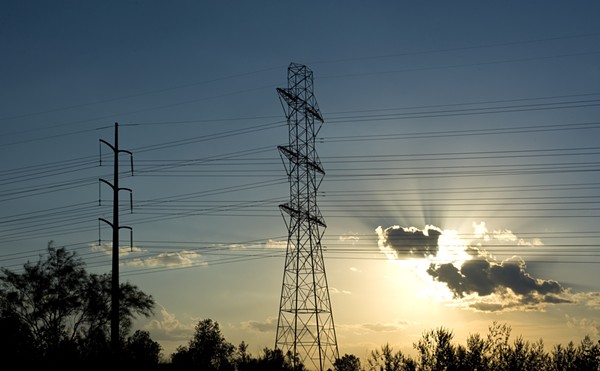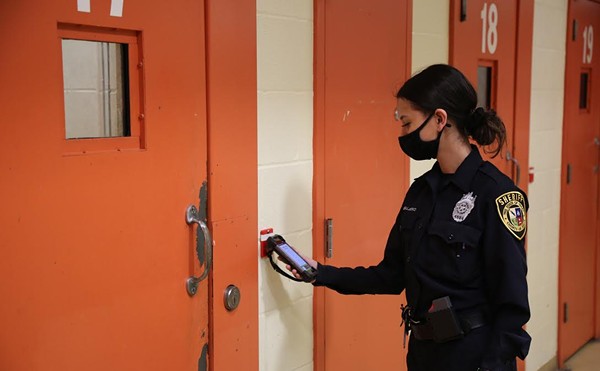The Public Utility Commission of Texas last week unveiled a proposal, backed by Chair Peter Lake, that would essentially pay power generators to make sure they have enough reserve electricity to feed the state’s electrical grid in times of extremely high demand. Generators would receive “performance credits” after proving their ability to keep the lights on during those periods — a system that doesn’t exist anywhere else in the world, according to the commission’s consultant.
In the days since, state legislators and energy experts have cast doubts on the proposal, which would cost power customers an additional $460 million yearly, according to the PUC’s estimate. They also questioned the plan’s complexity and the time it would take to implement such a novel system.
“There are huge reliability stakes and huge dollar stakes,” said Alison Silverstein, a former senior adviser at the PUC, which regulates the Electric Reliability Council of Texas, the state’s grid operator. “We need certainty. But there are ways to create certainty without making potentially billion-dollar errors.”
The Texas Legislature last year ordered the commission to overhaul the state’s energy market, which functions mostly off of supply and demand, in the wake of the winter storm. Texas’ electrical grid nearly collapsed as ice and snow blanketed the state. Below-freezing temperatures caused the demand for electricity to surge, triggering widespread power outages that left millions of Texans in the dark without heat for several days. Hundreds of people died as a result.
Power suppliers were allowed to charge sky-high prices for energy as demand spiked during the storm — but frozen equipment meant that they couldn’t meet that demand.
During their first chance to weigh in on potential reforms to the market, lawmakers on a key Senate panel this week made it clear they’re not impressed with the commission’s main proposal.
“This plan is so convoluted, has a long timeline to be put into place, that it’s a set-up for failure for everybody,” state Sen. Donna Campbell, R-New Braunfels, said during a Thursday hearing of the Senate Business and Commerce Committee, adding that the additional costs of the plan will ultimately be paid by power customers.
“The end loser is the end user,” Campbell said.
Senators expressed concerns about making the state’s power customers pay more for an untested system on top of paying off billions of dollars in costs incurred during the storm — costs that energy experts have said Texans will be paying off for decades.
“There was already a wealth transfer that we saw happen [during Uri], probably the largest in the state’s history,” state Sen. Lois Kolkhorst, R-Brenham, said.
Texas residents have had a harder time than the rest of the country paying for electricity this year. As many cranked up their air conditioners during a sweltering summer, about 45% of Texans told the Census Bureau they had to cut back on other necessities such as food and medicine to pay their electric bill — higher than the national average of 34%, according to a LendingTree analysis of census data.
Lake testified before the committee and defended the “performance credit” idea as a way to make the grid more reliable by providing further incentives, beyond supply and demand, to power generators to ensure they produce enough electricity during periods of high demand.
“What we have in front of us as a market-based solution that our analysis indicates would deliver an improvement in reliability for less money than … the absence of action,” Lake said during Thursday’s meeting.
The commission paid E3, a California consulting firm, more than $600,000 to figure out what changes to the state’s electric market needed to be made to avoid widespread blackouts during severe weather. But Lake bucked the firm’s recommendation for overhauling the grid, which would require electric providers to buy “reliability credits” from power generators — the idea is that generators would commit in advance to provide enough power during periods of high demand.
But observers and some lawmakers have pointed to what they call flaws in E3’s report, chief among them the fact that the consultant did not take into account weather conditions as severe as those that caused blackouts during last year’s winter storm. Without that, experts say, it’s difficult to know how the grid would hold up during extreme cold or heat as a result of any change — or how much consumers’ energy bills would go up.
“If we’re changing the market because of what happened during Winter Storm Uri, then we should know what the market changes will do if we get another Winter Storm Uri,” said Joshua Rhodes, an energy consultant and research scientist at the University of Texas at Austin.
According to the E3 report, the consultant “does not expect the same levels of outage would be observed during similar weather conditions” because of reforms such as new weatherization standards enacted since the winter storm.
A PUC spokesperson said the study “ran thousands of severe weather scenarios” based on historical weather data.
But climate change is making weather patterns more erratic, said Silverstein, the former PUC adviser, prompting demand to spike unexpectedly as it did during Uri and this year’s early-arriving heat wave.
“The reality is that climate change is creating more and more anomalies, and it’s creating those anomalies in times that we did not expect,” Silverstein said.
The E3 report also assumed generators would “have unlimited access to fuel” in case of extreme weather, though many power plants struggled to obtain natural gas to keep running during the winter storm.
Worries also abound that the “performance credit” system favored by Lake and PUC staff would take too long to implement — the E3 report estimates it would take up to four years to write the rules governing such a system and put it into place — and dissuade investment in new power production.
“It’s just the novelty of it and all of the questions around the implementation that are unknown,” Julia Harvey, vice president of government relations at Texas Electric Cooperatives, told senators Thursday.
Texas has made marginal improvements to the electrical grid since Uri but would still see a massive shortfall in power supply should a similar winter storm hit the state in the coming months, according to an October analysis by the Federal Energy Regulatory Commission — although those findings have been disputed by state officials.
Pablo Vegas, ERCOT’s new CEO, acknowledged Thursday that “there could be a gap” in the power supply if there’s extreme weather despite improvements to the grid.
“There is a risk that we’re dealing with, which is why the case for change is so urgent,” Vegas said.
Disclosure: Texas Electric Cooperative and University of Texas at Austin have been financial supporters of The Texas Tribune, a nonprofit, nonpartisan news organization that is funded in part by donations from members, foundations and corporate sponsors. Financial supporters play no role in the Tribune’s journalism. Find a complete list of them here.Coming soon: SA Current Daily newsletter. We’ll send you a handful of interesting San Antonio stories every morning. Subscribe now to not miss a thing.
Follow us: Google News | NewsBreak | Instagram | Facebook | Twitter

















